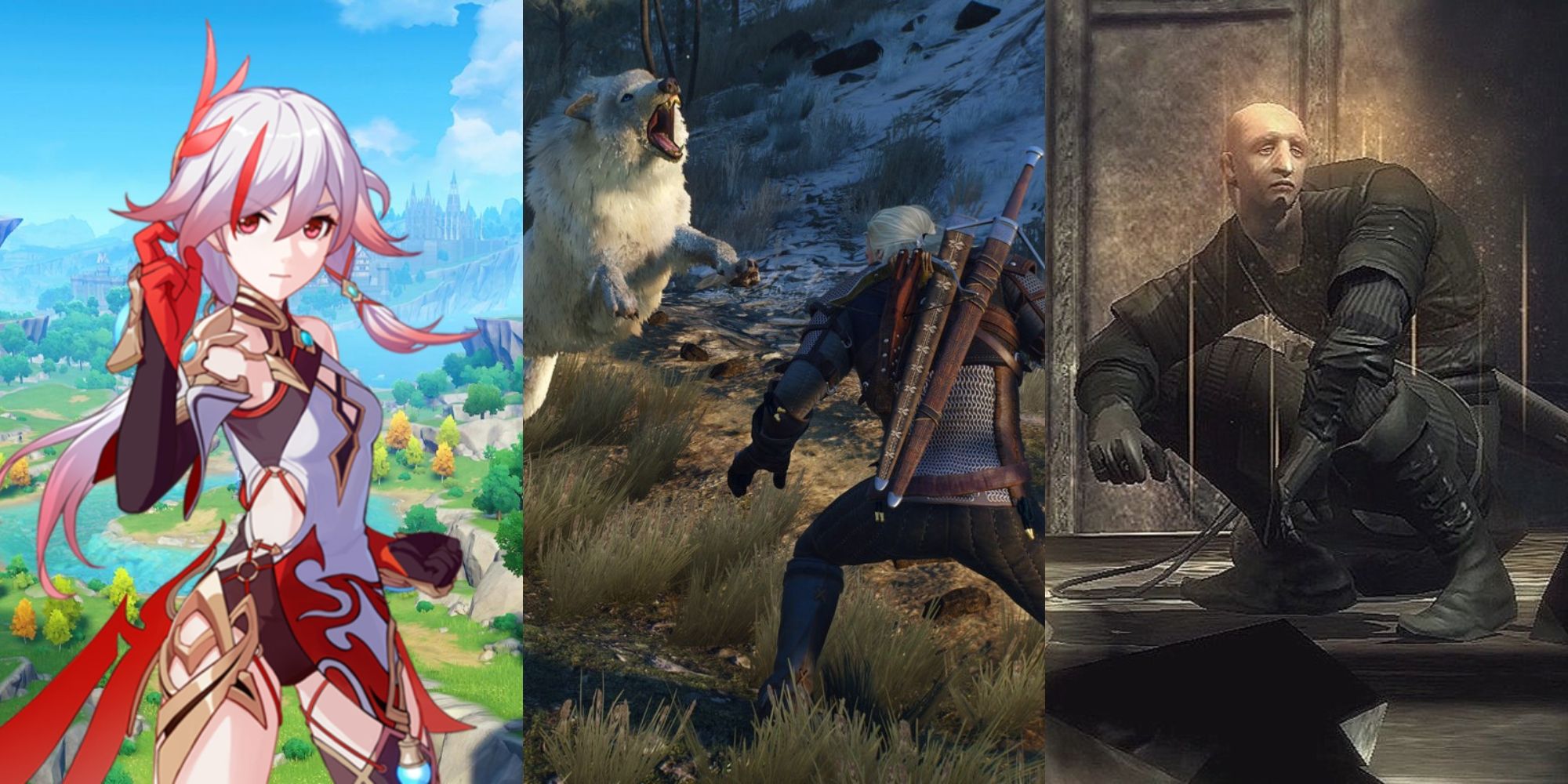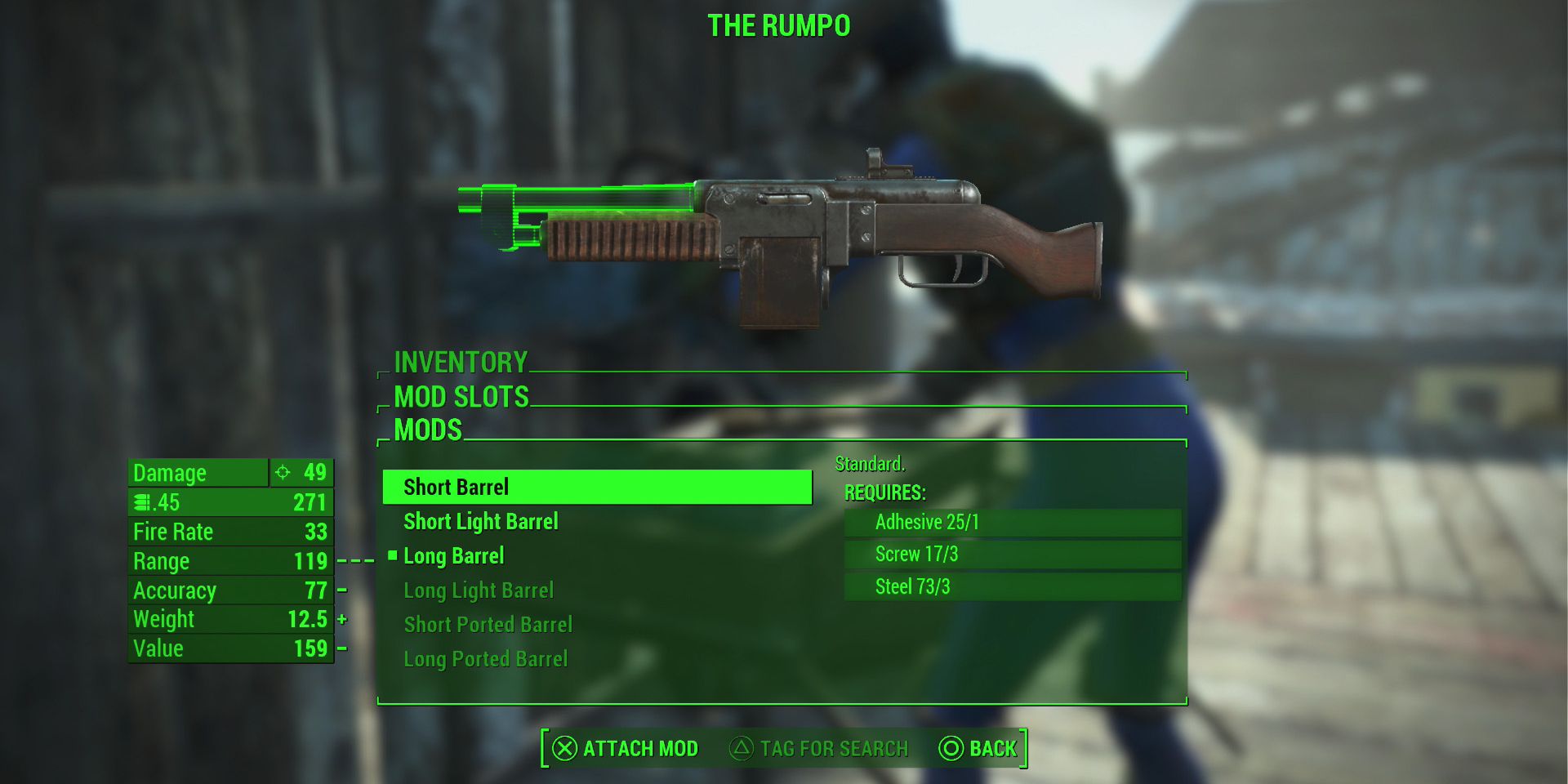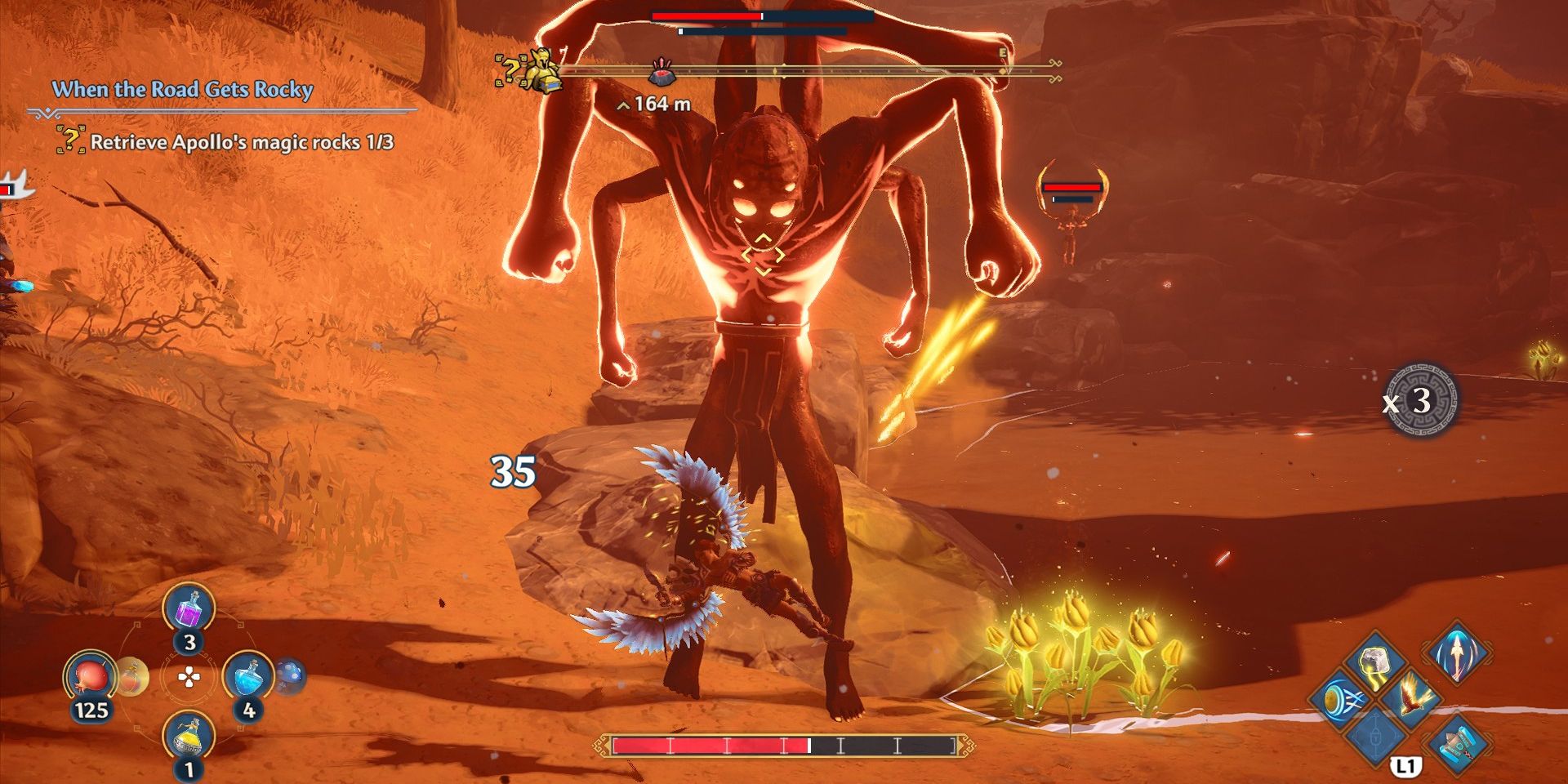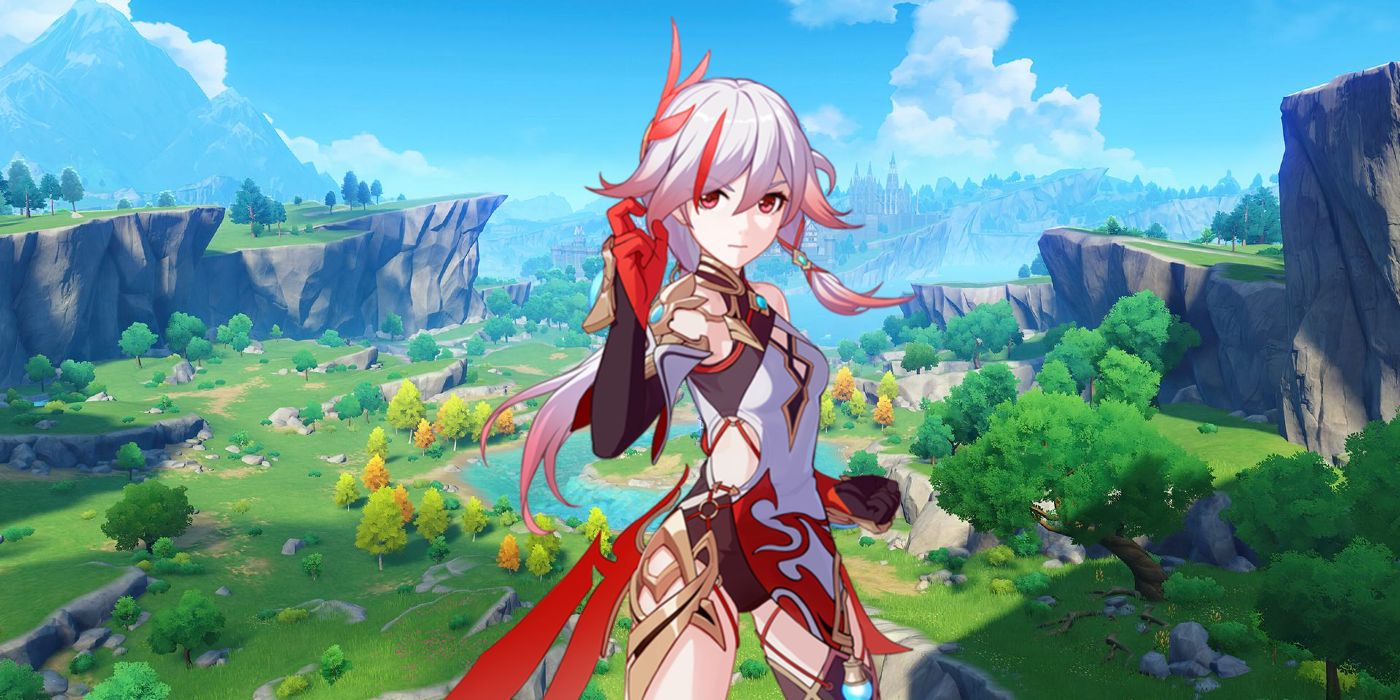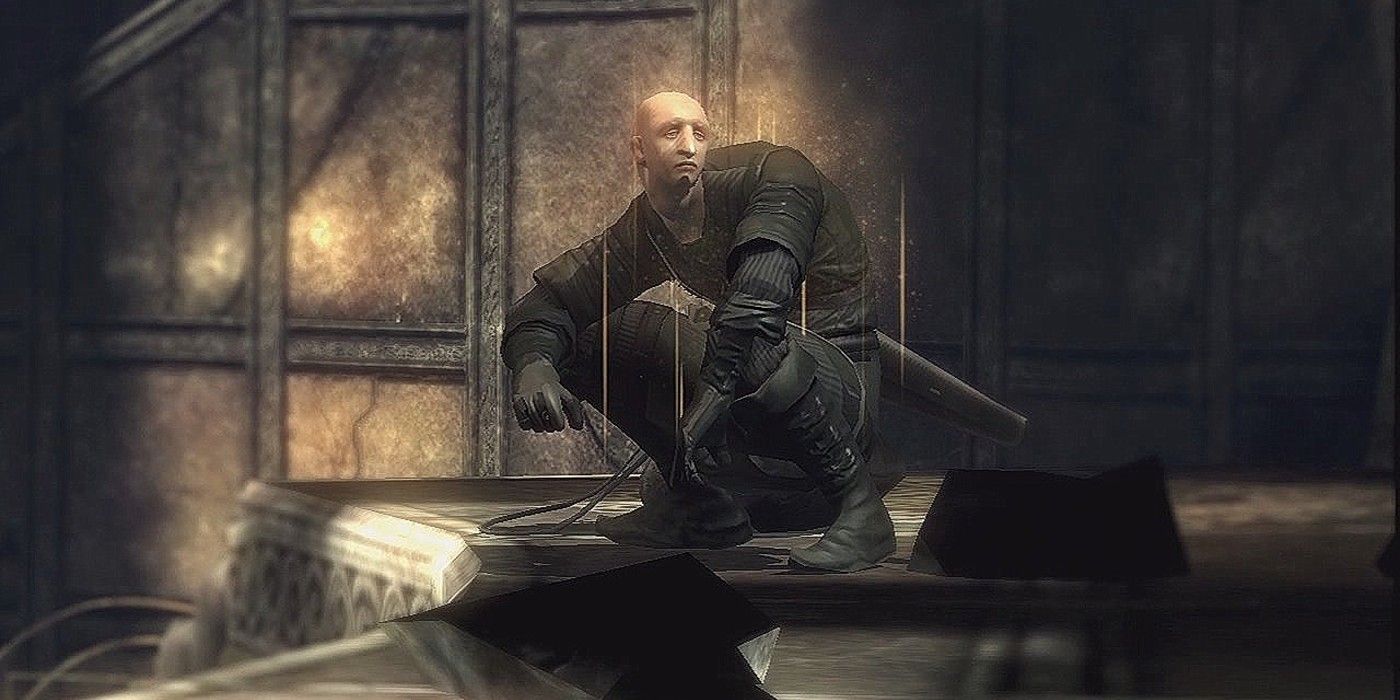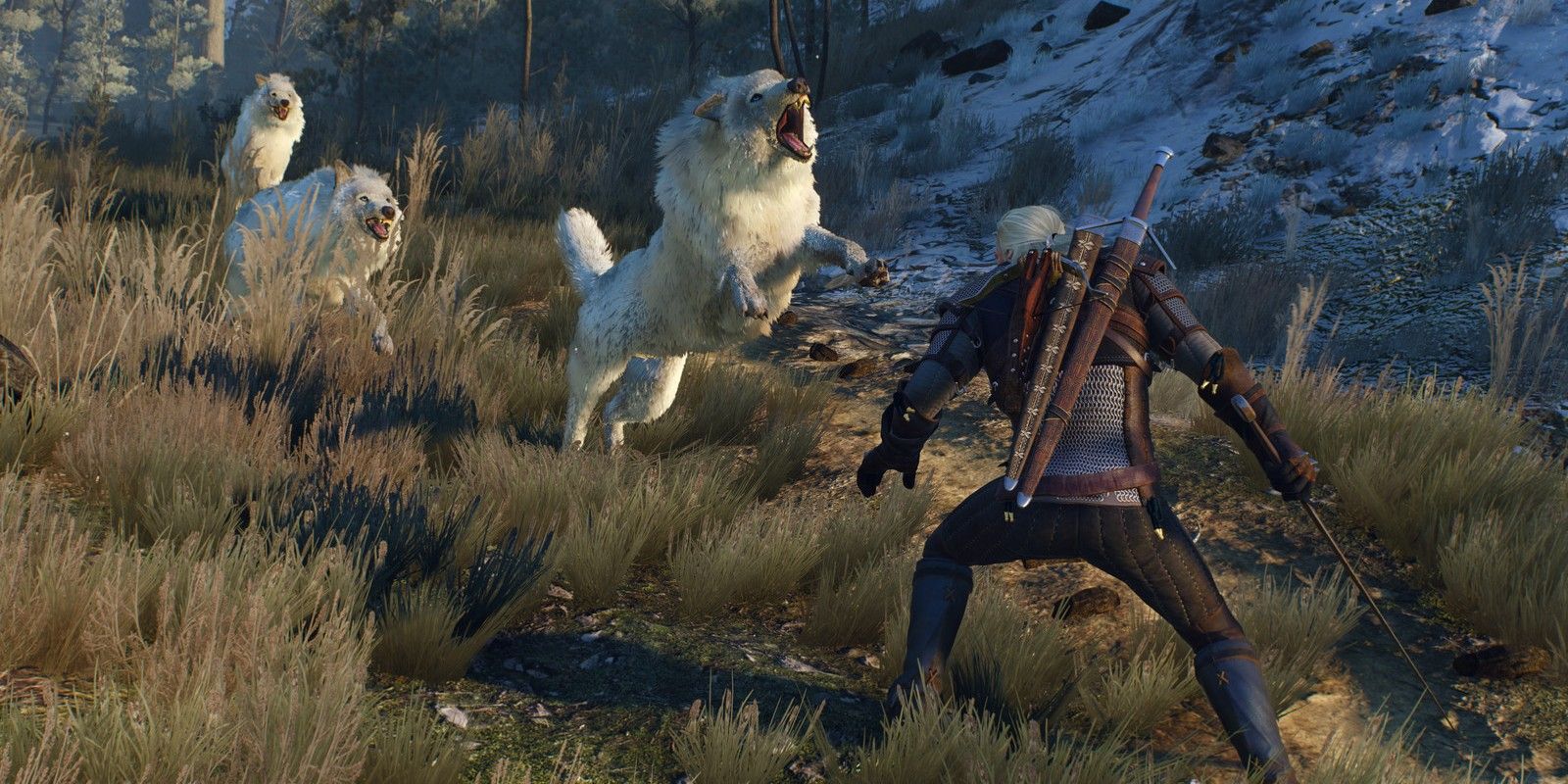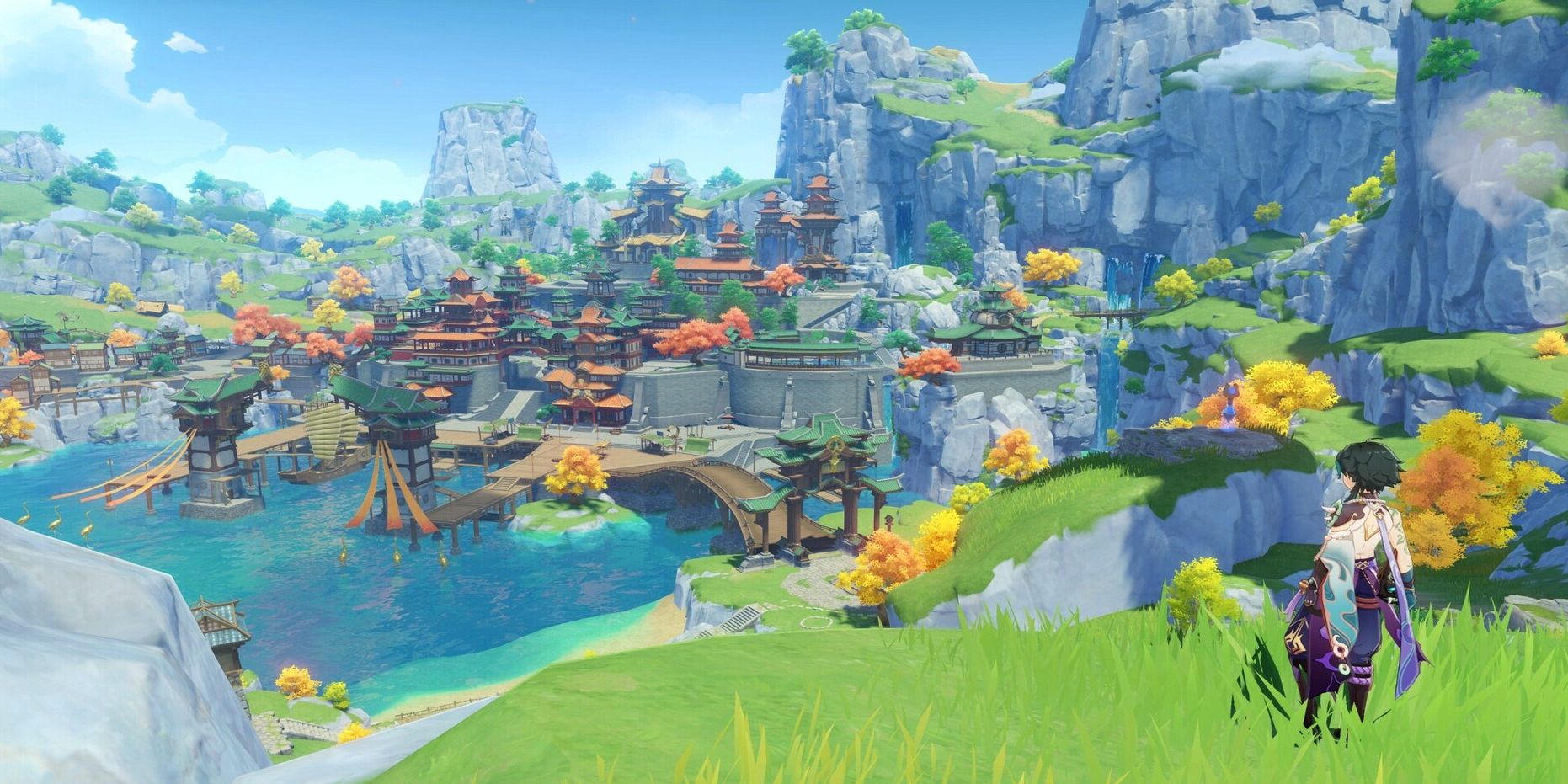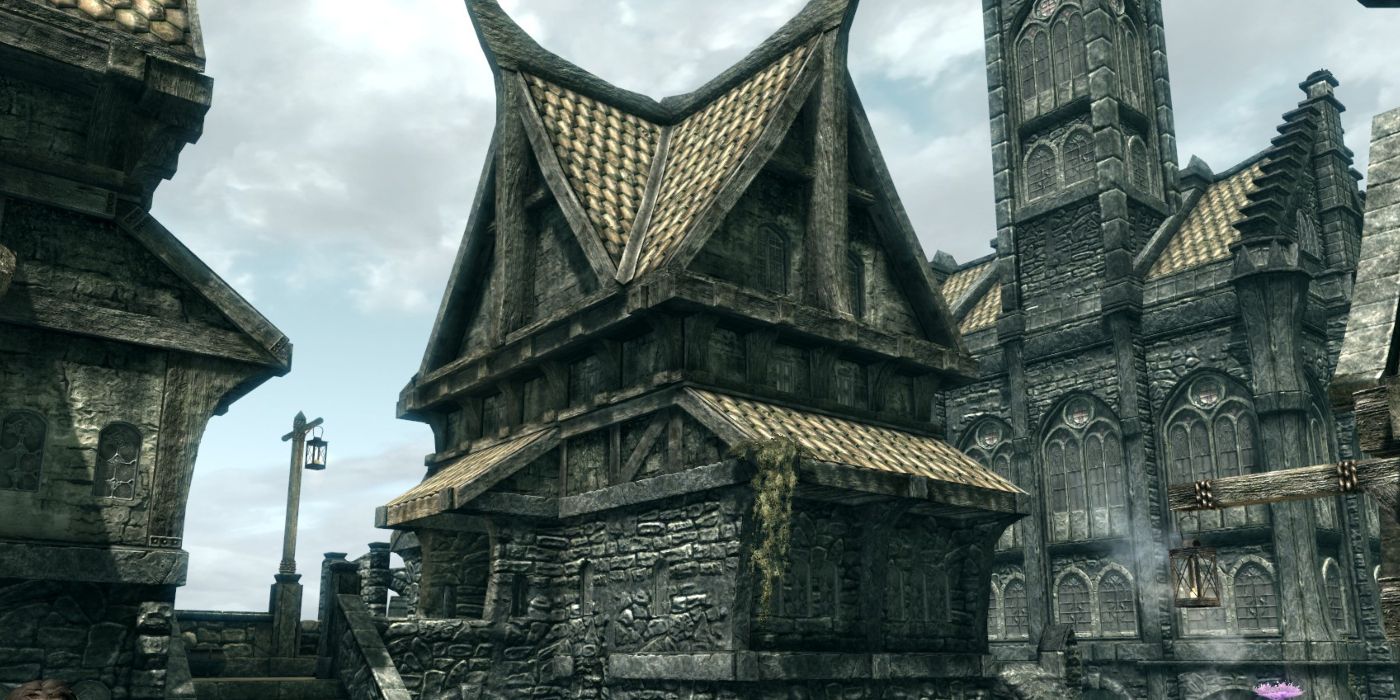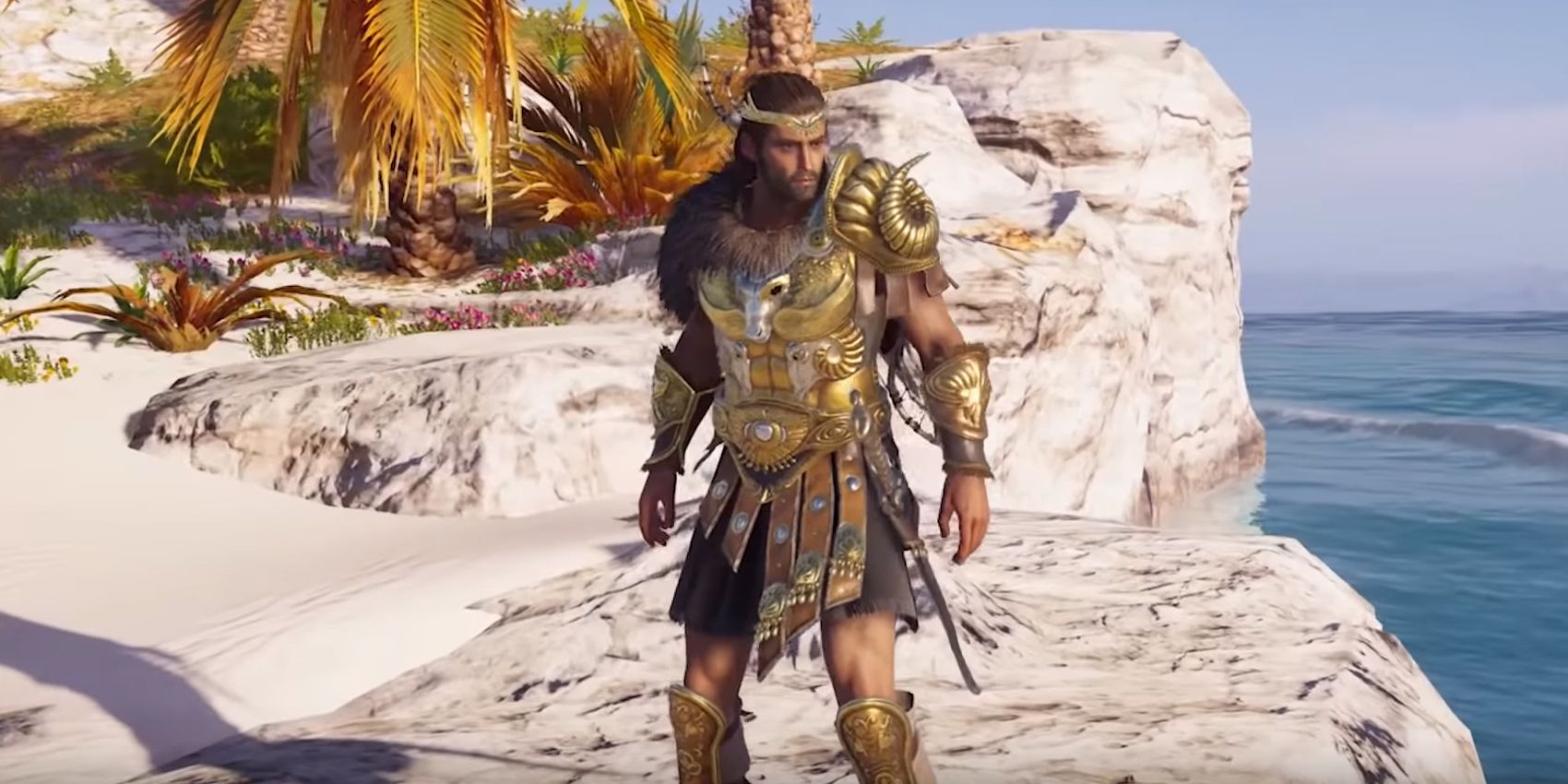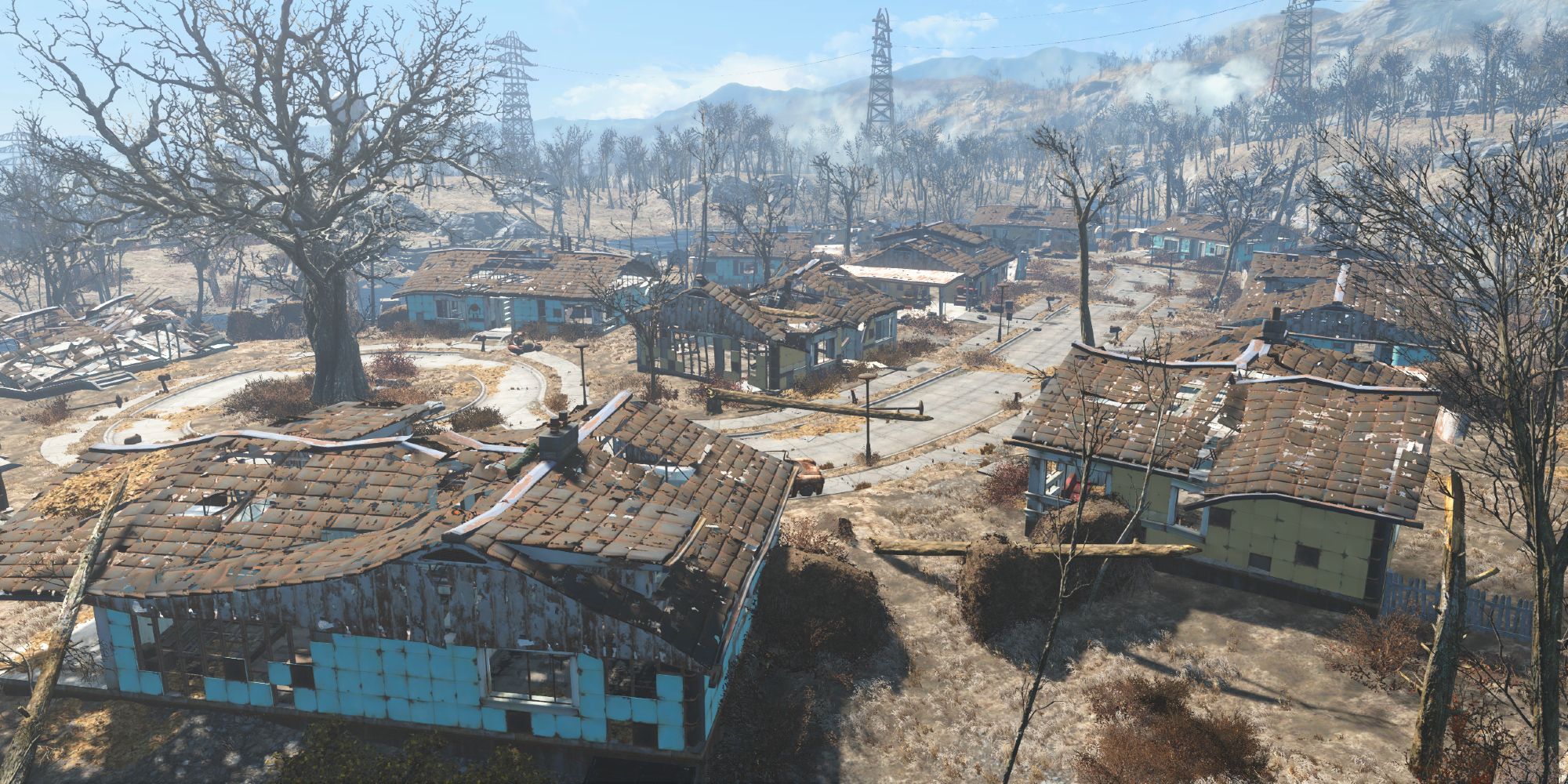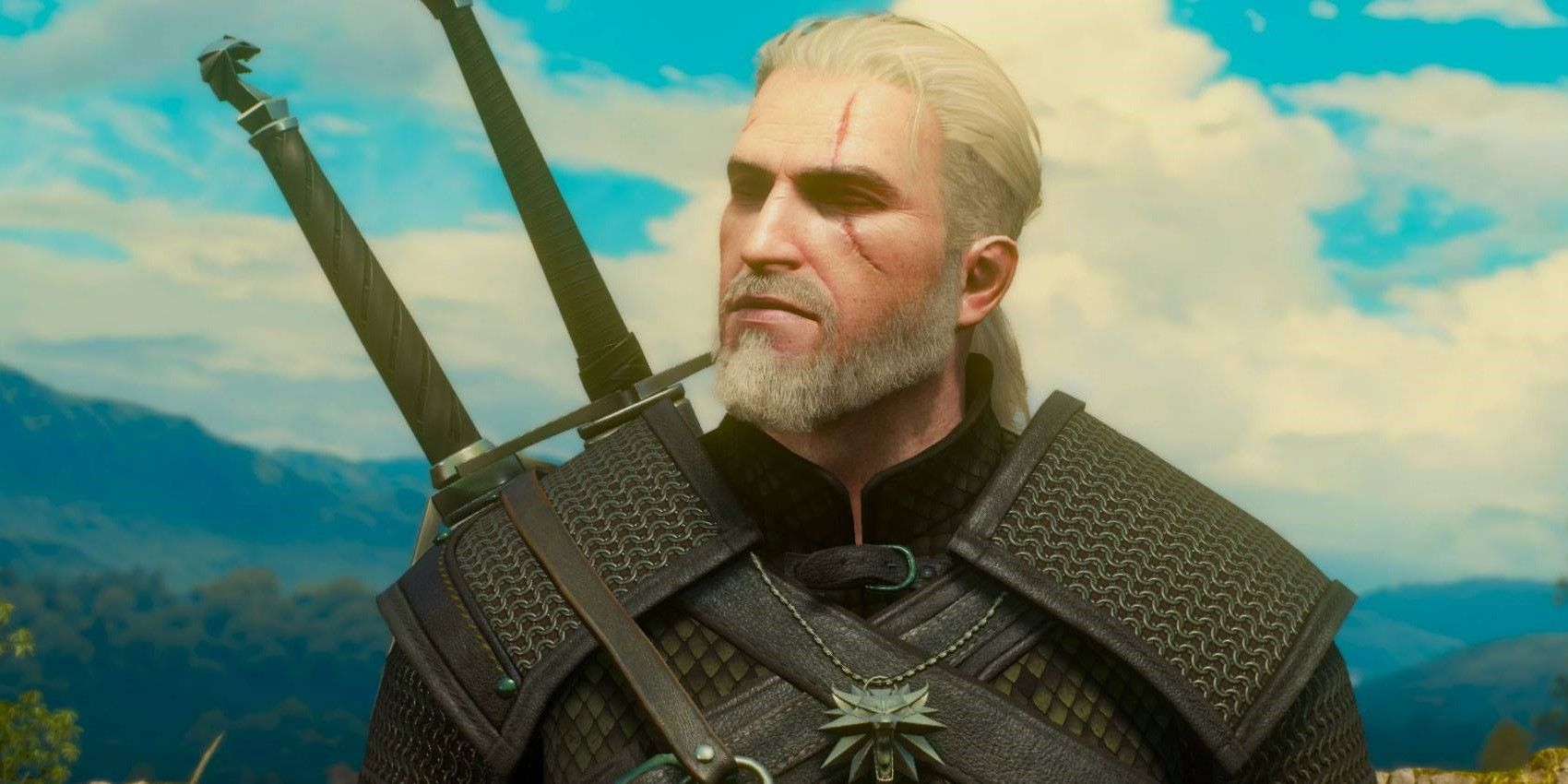Open world games offer tons of exploration and side quests that can engage players for hours on end. However, with huge maps and endless opportunities, some recognizable tropes start to repeat across all genres and types of open world.
Some of these cliches are classics of the genre, but that doesn't mean they don't get boring and repetitive. Whether players stick to the main story or go off exploring, there are 10 cliches they are almost guaranteed to encounter in an open world game.
Excessive Hoarding
Open world games and their players suffer from the same bad habit - hoarding. When a player is given bags of space to carry 15 swords, 20 pieces of armor, 50 potions, and 1000s of plants and herbs, it can be hard to let anything go. What if that sword is useful? What if that obscure gemstone is necessary later on in the game?
With ample space comes plenty of opportunities to waste it all. Although big RPGs like Skyrim and open world first-person shooters like Fallout 4 offer bags of space, players inevitably often find themselves overpacked and unable to go anywhere fast - literally.
Obligatory Status Damage
Whether it's a first-person shooter or a fantasy RPG, in-game danger stretches beyond the damage inflicted by bullets or swords. The player may find themselves poisoned, paralyzed, or set on fire and take continual damage until the status effect is resolved or an item is used to eradicate it. Whatever it is, almost every open world has status effects that need mitigating.
These status effects usually slowly drain away the health bar and make fights more difficult but often can't kill the main character on their own. Instead, the player will hover around 1% of health until something else takes them out.
Oversized Body Parts
Although there is a wider variety of female figures in games than before, developers still can't seem to fully remove themselves from the voluptuous curves angle. Often in open worlds, players find themselves opposite a scantily clad damsel-in-distress who will beg for help. They usually have Jessica Rabbit-style curves and will flirt outrageously with the protagonist.
In newer games, these types of models are slowly dying out and are being replaced by characters with more natural features, but they're still a stereotype that pops up far more often than necessary.
Model Overuse
Although 3D modelers do an amazing job at producing breathtaking environments and detailed characters, an inevitable part of a huge open world is that the player will eventually see the same model again... and again... and again.
This is normally true of side quest characters and more unexplored areas of the game where the environment is auto-generated. While the modelers can't be blamed for this with the countless assets they have to produce (especially when a game is 80+ square miles), seeing the same character again in a whole different place and time can be jarring and jolt the player out of the world of the game.
Roaming Attacks
A lot of open worlds involve long travel over fairly uninhabited areas to get from Point A to B. To make these interesting, developers will add small loot-gathering missions, caves or temples, and random attacks from enemies. This can be anything from a pack of wolves to a team of bandits.
The problem is, after the same group has auto-generated for the fifth time, the fighting gets laborious and boring and, rather than breaking up the monotony, adds to it.
This is Important...But Not Yet
The issue with a world being completely open is there are areas of the map the story might not be ready for the player to venture into yet, but they do so anyway. The more explorative players will cover an area thoroughly before moving on, only to find out they later need to return on a mission for an NPC they hadn't encountered earlier. This can lead to unintentional repetitiveness and bore a player who now needs to go back to an obscure corner of the map they've already visited.
Mi Casa Es Su Casa
Although in some games like Skyrim, NPCs will (understandably) become irate if the gamer enters their home and starts rifling through their things, more frequently in open worlds they're just not that bothered.
Often, the player can enter the house and walk around picking and choosing what to take to their heart's content, and the NPCs won't react at all. They'll carry on doing what they were doing (usually sitting or sleeping) without any acknowledgment of the stranger in their midst. This can be off-putting when the rest of the world built around them is hyper-realistic and reactionary to the gamer.
Repetitive Side Quests
There are side quests that show up in almost every open world game, usually provided by the same hapless characters who ask for help to deliver letters, rescue a family member, or kill a monster that's terrorizing the village.
Not all side quests fall into this category. Many add additional information to the story and develop relationships with companions, but there are plenty that exist just to pad the run-time of already extensive open-world games. Assassin's Creed Odyssey is one of the worst offenders of the repetitive side quest. Due to the game's auto-generation and renewable village missions, the player will often find the same woman asking them for help in different towns across the Greek isles.
Campfire Hangouts
If it's an open world where the player can jump between companions during gameplay or have them accompany the protagonist on their missions, then there is inevitably a bar, campfire, or hallway where they all awkwardly and silently stand around.
Although these spaces can be great breakaways to develop in-game relationships, like The Keep in Dragon Age: Inquisition, or Sanctuary in Fallout 4, they tend to look more than a bit unnatural.
The Outcast
A driving cliche of open world games is that the protagonist is somehow separate from those around them. The main character is either the outcast, the mistrusted, or the disliked. For some reason, it's an imperative part of open worlds that the player is not an average joe in the game.
Like Geralt in Witcher, who is mistrusted at best and hated at worst due to his mutant race, or Aloy in Horizon Zero Dawn, who spends her whole life as an outcast, this is a trope seen time and time again in open world games.

